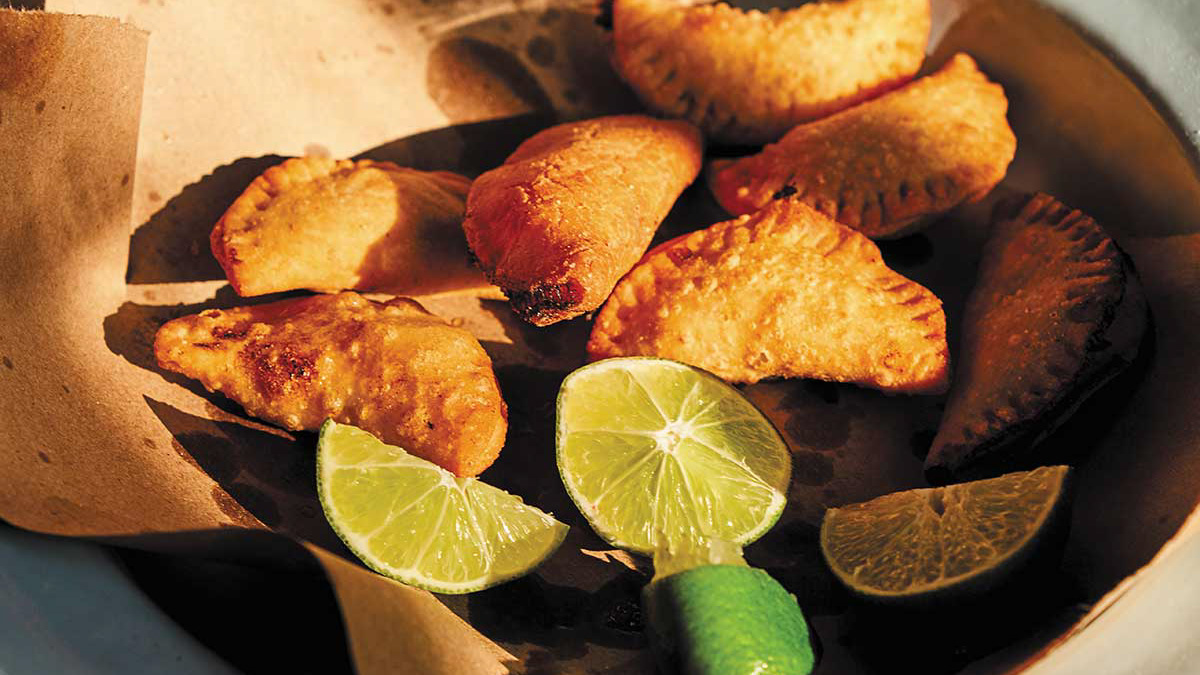PHOTO: Basic Books
Laura Brehaut/Postmedia News
Originally published on December 3, 2012; canada.com
Originally published on December 3, 2012; canada.com
PUBLISHED IN PRINT:
Leader-Post (Regina): December 8, 2012; page G4
Leader-Post (Regina): December 8, 2012; page G4
Food writer, historian and passionate home cook Bee Wilson doesn’t need time to consider what her favourite kitchen implement is; it’s the potato ricer. She explains that there are tools we love because they have sentimental value and tools we love because of the results we achieve with them. Wilson’s potato ricer falls into the latter category. She recalls a Raymond Blanc recipe for mashed potatoes, in which he detailed the differences between French mashed potato, pommes purée, and the lumpier, heavier British mash. The difference, Wilson explains, is really one of technique: “The British one is made using a masher whereas the French one is using the potato ricer and I’d never thought the potato ricer would make such a difference and now I just love it. I just find every time I think, ‘Yes! No lumps!’”
A MasterChef UK semi-finalist, Wilson’s approach to cooking for her family has changed since her appearance on the show. “My cooking just centres around pots and pans, and wooden spoons, and things that I can get on the table within half an hour that are going to taste good, and quite soulful and warming, and that’s pretty much it based on what I’ve got in the fridge,” she says. “So it’s much more ad hoc and spontaneous than the way I used to cook because I have much less time but I think I enjoy it more in a way.”
Wilson explores the history of how we cook and eat in her latest book, Consider the Fork (Basic Books, 2012) with chapters dedicated to Pots and Pans, Knife, Fire, Measure, Grind, Eat, Ice, and Kitchen. She notes that the stories behind the equipment and techniques of the kitchen are largely missing from food writing today, with the emphasis falling on ingredients. Wilson believes that this omission matters because we can change everything about an ingredient, including the cultural connotations, by changing the tools or processes we use to cook it.
Wilson offers an example from the Knife chapter, where she explores the differences between French cuisine and Chinese cuisine. “You could talk about the differences in flavours between those two and you could say, ‘Well, one of them uses a lot of ginger and spring onions and garlic, and the other uses garlic and onions and wine and those are different flavour combinations,’ but you could also talk about them as cuisines of knives,” Wilson says. “To see that a knife can actually structure an entire approach to a meal was quite a radical thought to me. It changed my whole understanding really of what food is because food is never just food, is it? It comes with all of these other associations, which tie us to the past in ways that we’re not always aware of.”
Among objects such as the mezzaluna (a two-handled knife with a curved “rocker” blade) and egg timer, Wilson found many implements that surprised her in terms of their persistence of use. The mortar and pestle, which is now a decorative kitchen object, was once associated with servitude. Its social connotations have changed significantly in the past 10,000 years while its form has not. The “giant eggbeater bubble” also surprised Wilson, which refers to the 692 patents that were granted for eggbeaters in the U.S. between 1856 and 1920. “I just think [balloon whisks] are wonderful and almost all chefs you see still use them and yet that goes back to the 16th-century,” Wilson says. “I found the whole thing of the American eggbeater bubble fascinating. The balloon whisk has long since been invented, a perfectly good way of whisking eggs and yet all of these brilliant minds obsessing themselves with making these various rotary beaters or strange up and down Archimedes Beaters, and each of them is probably slightly worse than the balloon whisk it’s trying to replace. I like the kind of idea that there are these dead ends and moments when things just stop or don’t take off.”
Wilson doesn’t identify as a “gadget freak,” and is relatively low-tech in the way she cooks. “I do have a sous vide machine but I haven’t much used it in months,” she laughs. “I’ve got really into pressure cooking since I finished writing the book but that’s kind of a low-tech/ high-tech one a bit like the AeroPress,” which is Wilson’s preferred method of making coffee. Through the process of writing Consider the Fork, however, she did gain a new appreciation for kitchen innovations that aren’t necessarily thought of as technology, such as pottery.
“The basic invention of pottery, which 10,000 years ago marks this leap from just heating food up into cuisine and all of the things we now think about as cooking where you can consider which flavours go together and how you intermingle things. That begins with pottery,” Wilson says. “Those kinds of connections really excite me and yet it might not seem like what people would associate with kitchen gadgetry or high-tech cuisine but it’s still technology. A wooden spoon – as I say at the very start – is a technology.”
Whether using a toaster or brewing coffee, Wilson hopes that through exploring the history of the kitchen, readers will reconsider the set of processes that defined the way we cook and eat today. “There’s so much hidden invention and hidden intelligence there that we’re putting to bear on making something that’s edible and delicious and nourishing,” she says. “I’d like people to look at their old, familiar objects in a new light.”









